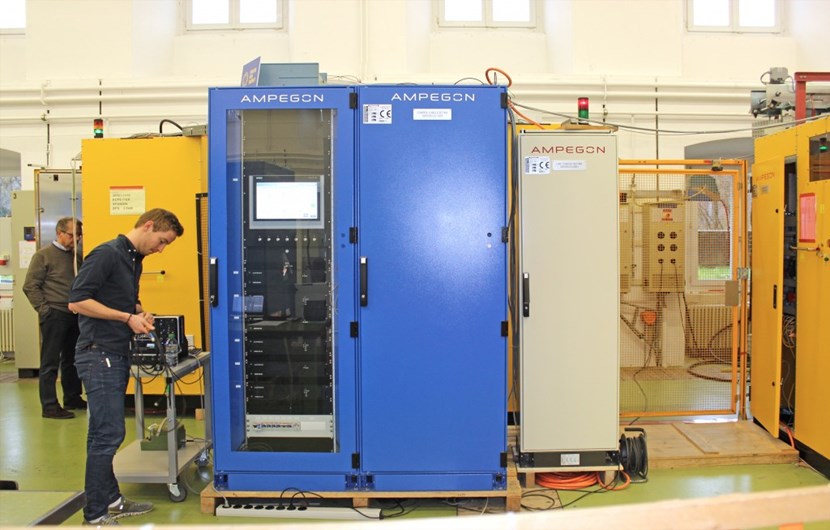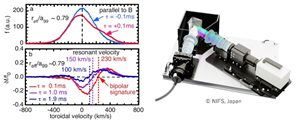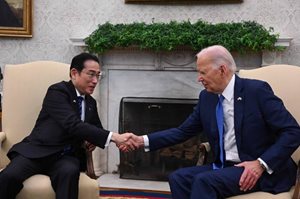ITER NEWSLINE
-
Plasma heating
Gyrotron power supplies pass muster in Europe
Plasma heating | Gyrotron power supplies pass muster in Europe
The first power supply units produced in Europe for ITER's microwave plasma heating system have successfully passed factory acceptance tests.

During the factory acceptance tests, the power supply systems are checked to determine whether they meet ITER requirements.
In ITER, 12 high voltage power supplies will convert grid voltage to the high voltage levels required by ITER's electron cyclotron heating system (ECRH).
Europe, which is responsible for the supply of eight of these, has contracted with the Swiss company Ampegon for the design and fabrication of the equipment. Ampegon will produce eight main high voltage power supplies (55 kV/110 A) and 16 body power supplies (35 kV/100 mA).
In March, the first main high voltage power supply and two of the body power supplies successfully passed factory acceptance tests.
The high voltage supply units are powerful indeed. The eight units alone could provide sufficient household electricity for a city of 270,000 inhabitants.
The electricity generated by these units will feed into the ECRH, which is one of
three external heating systems that will bring the ITER plasma to temperatures allowing for fusion to occur. The 24
gyrotrons at the core of the ECRH system will generate strong electromagnetic waves—not unlike a powerful microwave oven—which will be guided to the vacuum chamber, where they transfer their energy to the plasma particles and heat them.
During the factory acceptance tests the power supply units exceeded expectations, according to Ferran Albajar, who is in charge of gyrotrons at the European Domestic Agency. The production of the remaining units will be completed in 2020.
Please see the full report on the European Domestic Agency website.
return to the latest published articles







